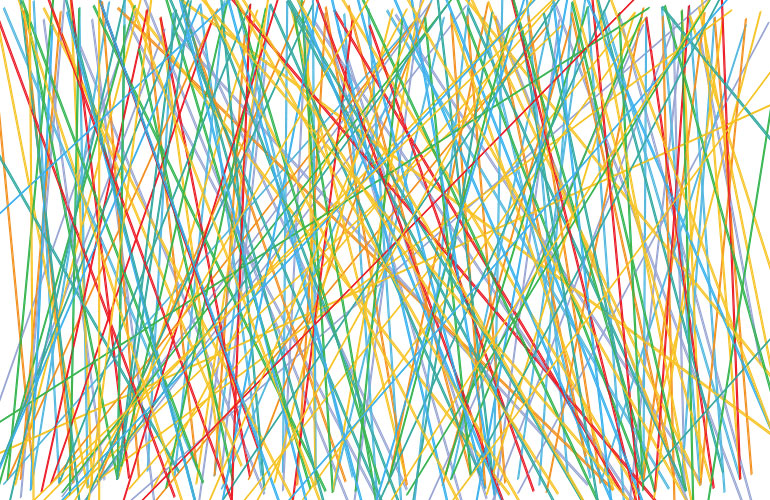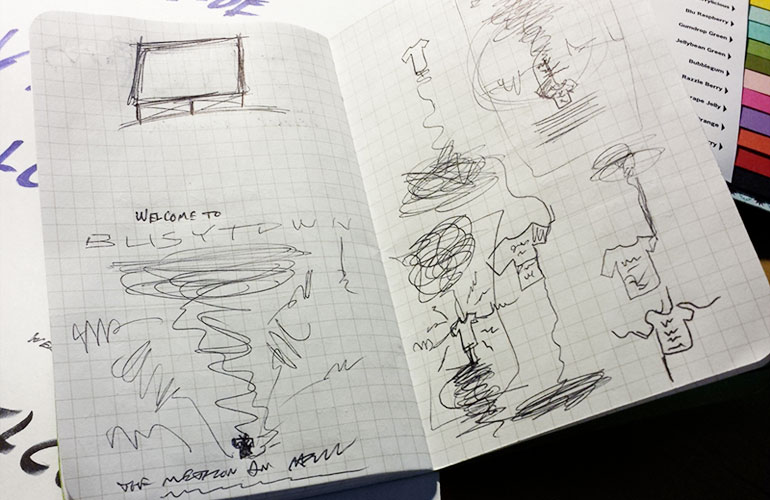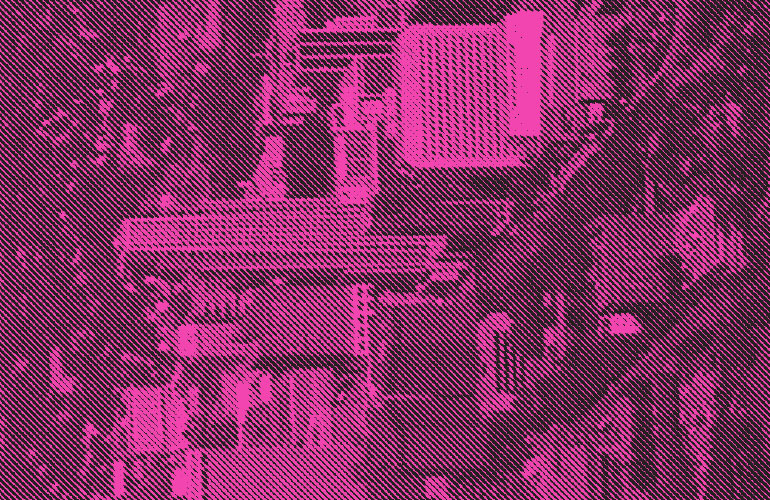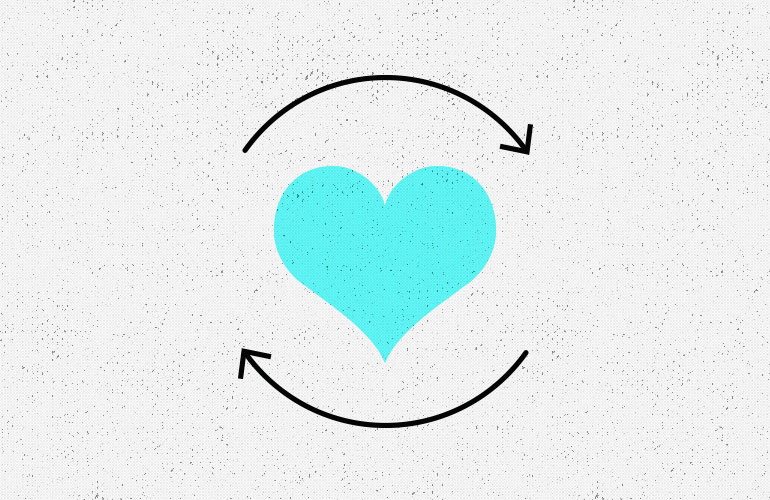
Welcome to the city where you live, work, and play. A place you reside for any number of reasons. It’s where you went to college, where you moved for a job, or where you grew up. And now you spend most of your time there designing as you move through life.
Overall, you like this place. Maybe it has great schools or a low cost of living. Or perhaps it’s a creative mecca where your career can really thrive. It could be connected by solid public transportation, have great walkable communities, or be full of stuff to do. The music scene might be awesome, unemployment low, the neighborhoods diverse, local food in good supply, or the weather was missed by that whole polar vortex thing.
There’s a special feeling you have about your place. Wherever it is, you fit. The sense of belonging to a great community, in general, makes you a better person. If the design part of that community is great, I think you become a better designer.
But what makes a design community great? There’s lots to be said about working as a creative professional in a big city with so many exciting things happening all the time it’s hard to keep up. And there’s lots to be said about smaller places and their interesting, unique opportunities. Regardless of location specifics, I have an important set of criteria that I think makes a great – and supportive – design community.
There’s more celebrating than winning.
I love finding myself in a room full of people who are all there to show their support. This happens a lot where I live: at a Pecha Kucha night, an open house for a new community endeavor, or a random get-together at one of the city’s many design studios. Hell, even our AIGA awards show is just a big party. It’s an informal affair without announcers, table seating, or siloed applause only when your agency wins something.
Design isn’t about winning. It’s about working on a tough problem with a set of trusted partners to make something that accomplishes goals in the most efficient, elegant, and appropriate ways. And when that happens, it’s time to celebrate with co-workers, clients, and the community.
Now, of course, design is a competitive business with RFPs, new business pitches, and tug-of-wars over talent, clients, and other resources. But the community should be more collaborative, not competitive. Welcoming, not exclusionary. And for all you Project Runway fans out there, design community shouldn’t care who’s in and who’s out.
Participation comes with the territory.
This person over here is doing this, and she could use your help. That person over there is doing that, and he could use your help. So-and-so is into this thing, and you should talk to this other so-and-so about that other similar thing, and then you can all make something happen together.
I hear this kind of conversation a lot. Random collisions and connections lead to designers helping designers or teaming up with architects, photographers, and developers to take on multi-faceted projects. This also leads to discovering other opportunities in the community with the arts, education, transportation, or whatever. Other creative leaders outside of design make for wonderful partners and lead to ways to participate that make the entire community better for everyone.
A design community where participation comes standard is full of ways to learn and grow. And talk about a great way to make new friends.
Expression is free.
When I was just beginning my career, and I’d meet fellow fresh-out-of-school designers, I always wanted to see their personal work. You know, the stuff that wasn’t necessarily what was in their portfolio used to get that highly coveted first job. The personal work I wanted to see was what these fellow young designers did because they just needed to make something. Album covers, T-shirts, protest posters. They spent late night hours designing this personal work for expression, exploration, or simple enjoyment. I can remember lots of paint splatter textures, intricate pattern details, and scans of skulls, but that’s a tale for another time.
Sometimes you can’t express yourself on the job. It’s a sad fact, but it can be just how it is. Your design community is where expression is free to do what it does. It’s where people genuinely care about what you think and what you want to do as a designer. You come to the community with your works-in-progress and high aspirations as well as your late-night fears. And it listens with attentiveness and interest.
Let’s talk in that safe place about working at your favorite design firm someday or how you’re going to create this new career with a job description no one has ever heard of before. And for sure let’s talk about why clients keep selecting your least favorite logo option, what to do when no one likes your workspace photos on Dribbble, and when is the city ever going to embrace the modern world idea of mass public transportation.
Some things are not good.
A few years ago at a conference, I met a lady from a phenomenal city. We were talking about living and working in our two different places, and hers had everything going for it. A beautiful, diverse, and exciting city full of things to do with a stellar design scene. Inspiration abounded with great art, food, transportation, recreation, and on and on. But it was too good, and she was moving to make her mark in a place where more work needed to be done.
So many times I’ve seen our design community leave its mark by helping to make our place better. And there’s still so much to do: continue to do great design for great companies and organizations; continue to create an atmosphere that’s positive and welcoming; continue to provide reasons for young designers to make this his or her place because this city has necessary opportunities for collision, learning, and participating.
It’s important to feel dialed in with your city’s larger community as a whole. Design allows for this, with so many opportunities to use design skills to help make any place better. Like helping a nonprofit solve a particular community problem or working with the city to create more efficient tools for citizen engagement.
We’re making it happen, together.
The great – and supportive – design community, with all of its celebrating, participating, expressing, and improving, is ultimately a place where people help each other out. From small stuff, like opening lines of email communication or talking shop over coffee, to larger things like partnering up on a project or introducing someone to potential clients. It’s a land where the design studios have open door policies, fine taste in adult beverages, and are all quick to help out when they can.
It’s a bunch of designers doing what they do, making their work happen alongside other makers, colliding into each other out in the community. This all contributes to you feeling supported as a designer by the place that you like. And your place likes you back.












Comments ( 3 )
AaronQuelo
June 6, 2025
meijer online pharmacy: Pharm Express 24 - prescriptions online pharmacy
John Locke
September 3, 2014
While it's obvious some cities are indeed design Meccas, I believe any city if reasonable size could have a thriving design community.
Since the people are the essential component, connecting them is the major hurdle. Having organizations and business that host or sponsors events, Meetups, and talks are a good foundation. Having informal but regularly scheduled get togethers like a weekly/monthly Beer & Geeks night helps.
Building a community can be fostered, but can't be forced. The leaders in the local design community will help set the tone. As you said, focusing on welcoming, listening, and mentoring will allow subsequent people to join and grow the community.
Kelly Grace
September 2, 2014
Great thoughts here Justin that go beyond aesthetics. I like the connection between creative design and community. I've found our city and it's people to be receptive and eager to help. The challenge is incorporating the marginalized into this homogeneous group for so many good reasons...